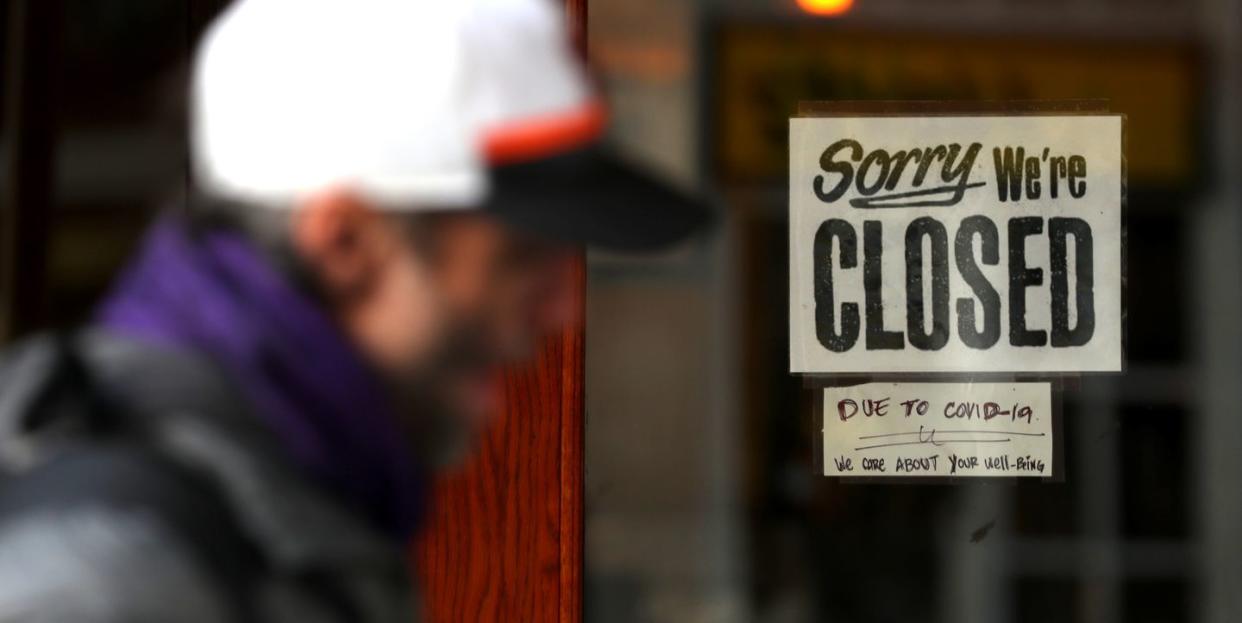Officials Are Turning to Shelter in Place Orders to Prevent the Spread of Coronavirus

Several counties in California, including San Francisco and surrounding areas, have issued a shelter in place order to combat the spread of COVID-19.
New York City is also considering a similar precaution as novel coronavirus cases continue to climb.
Rules for shelter in place are determined by local governments. In general, residents are asked to stay home except for essential activities and travel.
Several counties in California, including San Francisco and surrounding areas, have issued a shelter in place order in an effort to combat the spread of COVID-19, the respiratory illness caused by the novel coronavirus, effective now through April 7.
New York City is also considering a similar precaution for its residents, per NBC News. “New Yorkers should be prepared right now for the possibility of a shelter in place order,” Mayor Bill de Blasio said Tuesday. “The decision will be made in the next 48 hours.”
The order is more extreme than what many other areas of the country are doing, but given that New York is the country’s largest city, it could be setting the stage for others to follow suit.
Since a shelter in place order is completely new territory, you probably have some questions about what the measure means and what it’s supposed to accomplish. Here’s what you need to know.
What does it mean to shelter in place?
Sheltering in place isn’t a new concept. It can be used to cope with a natural disaster, traumatic event, or security issue. Shelter in place orders are usually issued by local government, and the rules can vary, but the Centers for Disease Control and Prevention (CDC) says sheltering in place generally involves the following:
Get inside: That means you, your loved ones, your emergency supplies, and your pets should get in your home and stay there.
Stay put: You’ll want to stay home in this location until officials say that it’s OK to leave.
In the case of California, local officials are asking people to stay home as much as possible. “Essential” exceptions include: getting food at the grocery store, picking up prescriptions at the pharmacy, buying gas, going to the bank, and checking on relatives. Restaurants can serve takeout food and do deliveries, and essential government services like transit, police, fire, and healthcare facilities will stay open. Nonessential businesses—such as gyms, bars, and movie theaters—have been required to close.
“You will still be able to walk your dog, or go on a hike alone or someone you live with, or even with another person, as long as you keep six feet between you,” Grant Colfax, the San Francisco director of health, said at a press conference, per the Los Angeles Times.
What can a shelter in place order achieve?
This kind of order is designed to slow the spread of the virus, explains Richard Watkins, M.D., infectious disease physician and an associate professor of internal medicine at Northeast Ohio Medical University. “Staying home and social distancing is the best way we have to prevent community spread,” he says. “This is especially true because many people with COVID-19 don’t have any symptoms.”
A shelter in place order can also help prevent the medical system from getting overwhelmed, he says. “People still need hospitals for other things, like strokes and accidents,” Dr. Watkins says. “These aren’t going to stop due to COVID-19. If all the beds are being taken up by COVID-19 patients, the system will definitely be overwhelmed.”
If your area has a shelter in place order, Dr. Watkins recommends having just one person in your home do the grocery shopping. And, if you’re an older American, “consider having other people shop for you,” he says.
A shelter in place order is issued by government officials and, if you break it, you’re technically breaking the law. That said, these orders rely heavily on the public to do their part and can be tough to enforce legally, especially when they have a lot of exceptions, Dr. Watkins says.
Like what you just read? You’ll love our magazine! Go here to subscribe. Don’t miss a thing by downloading Apple News here and following Prevention. Oh, and we’re on Instagram too.
You Might Also Like

